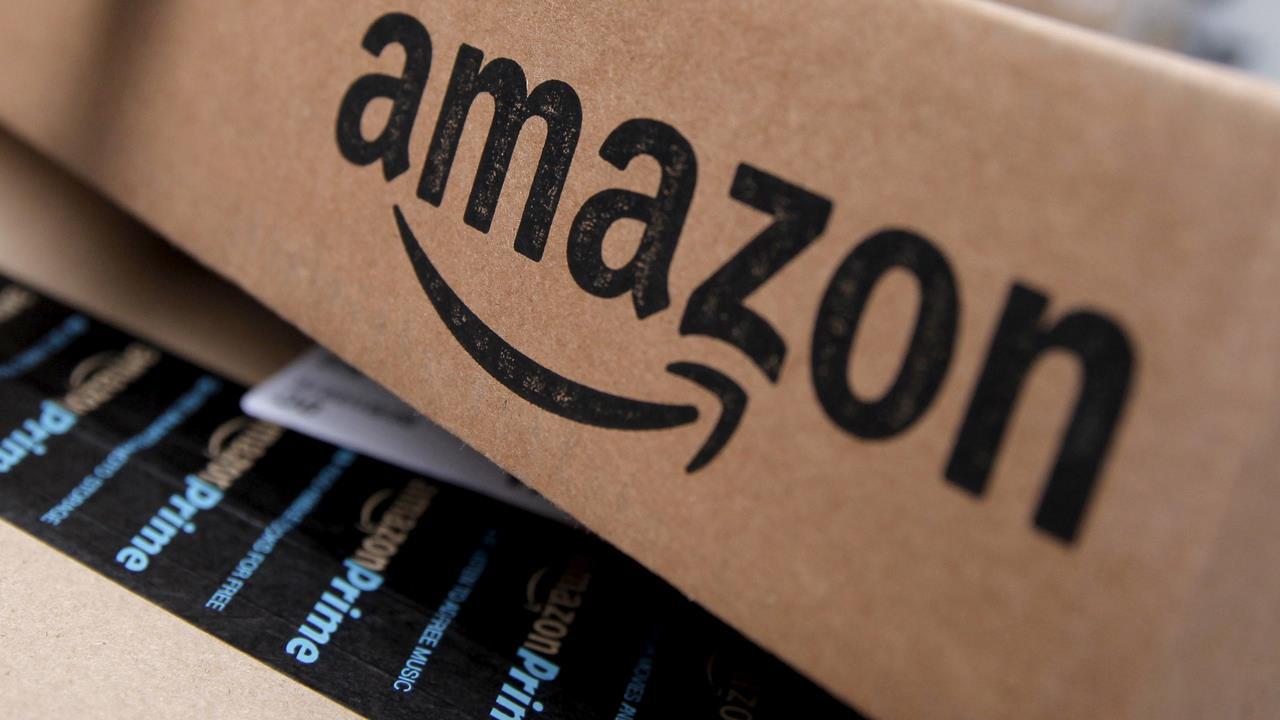Amazon is driving head-on into UPS and FedEx
Amazon.com has been preparing to go after UPS and FedEx for years. Now, the online retailer looks as though it's finally making the big leap to into package delivery.
The Wall Street Journal recently reported the launch of a new "Shipping with Amazon" service that ships packages from businesses to customers, and though it currently is only offered in Los Angeles for third-party merchants selling on its website, it seems clear it won't be long before it becomes an option for anyone to take advantage of nationwide. The real question is, when will Amazon do what's truly necessary for it to become a viable rival to the shipping giants?
A long time coming
Ever since the shipping debacle of Christmas 2013, when UPS and, to a lesser extent, FedEx were buried under a blizzard of last-minute e-commerce orders that they could not finish delivering until weeks afterward. It left Amazon.com issuing a large number of refunds to customers, and since then, the e-commerce giant has been moving to take greater control of its delivery function.
To reduce its reliance on UPS and FedEx, Amazon undertook a number of initiatives to improve its fulfillment infrastructure:
- Utilized third-party delivery to a greater degree;
- Used its dozens of distribution centers to get packages closer to the customer for final-mile delivery;
- Began developing a drone delivery service;
- Started an ocean freight service
- Tested an Uber-like app that would pay people to drive packages to locations they're already going toward;
- A few years ago, it was rumored Amazon seriously considered acquiring FedEx as a means of buying into an existing shipper; more recently it's been said to be interested in acquiring shipping and logistics firm XPO Logistics (NYSE:XPO)
- Launched Prime Air, a cargo delivery service, using 40 planes from Atlas Air and Air Transport Services Group
- Is building an air cargo hub in Kentucky for the service.
At the time of the Prime Air launch, Amazon said the service would be expanded in the coming years. Now, it looks like as though that time has come -- and with good reason.
Shipping is a huge expense for Amazon. The company spent $21.7 billion on it worldwide in 2017, a 34% increase over the year before, and almost double what it spent in 2015.
According to The Wall Street Journal report, Amazon could save about $3 per package, or $1.1 billion annually, by having more control over its shipments over long distances. That would allow it to charge even less for goods, a key component of its strategy as rivals like Walmart and Target gear up their own responses to thwart Amazon.
Amazon's competitive advantage
In its annual filing with the SEC, Amazon notes that improving its operating efficiencies allows it to reduce prices for its customers, and one way it's able to do that is through shipping offers.
The real change for Amazon will come when it expands this service beyond its own merchants, and deploys an even larger fleet of trucks to assume most or all of its last-mile delivery functions. That may still be years away, unless it acquires XPO or some other transportation firm.
Although the online retailer does have a fleet of trucks it can use to make deliveries, to start anyway, the "last mile" of Shipping with Amazon will still be handled by the U.S. Postal Service and other carriers. But it's clear it wants to streamline its delivery process even further.
Amazon.com now accounts for between 5% and 10% of UPS' revenue and 3% of FedEx's, but the real threat will come when its shipping service starts peeling away customers from the two giants. This new offering folds another layer of the overall customer experience into Amazon's ecosystem, and soon, it may begin folding more outside businesses in as well.
